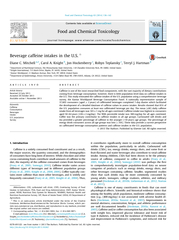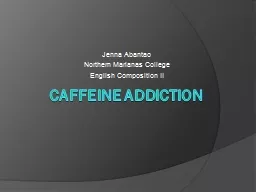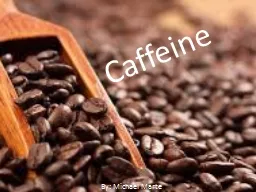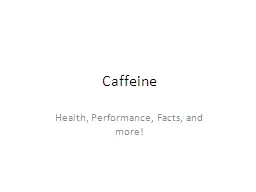PPT-Experimental Biology 2017 The Caffeine Landscape April 22, 2017
Author : mitsue-stanley | Published Date : 2019-11-05
Experimental Biology 2017 The Caffeine Landscape April 22 2017 Dennis Keefe PhD Director Office of Food Additive Safety US Food and Drug Administration Nawrot et
Presentation Embed Code
Download Presentation
Download Presentation The PPT/PDF document "Experimental Biology 2017 The Caffeine L..." is the property of its rightful owner. Permission is granted to download and print the materials on this website for personal, non-commercial use only, and to display it on your personal computer provided you do not modify the materials and that you retain all copyright notices contained in the materials. By downloading content from our website, you accept the terms of this agreement.
Experimental Biology 2017 The Caffeine Landscape April 22, 2017: Transcript
Download Rules Of Document
"Experimental Biology 2017 The Caffeine Landscape April 22, 2017"The content belongs to its owner. You may download and print it for personal use, without modification, and keep all copyright notices. By downloading, you agree to these terms.
Related Documents














